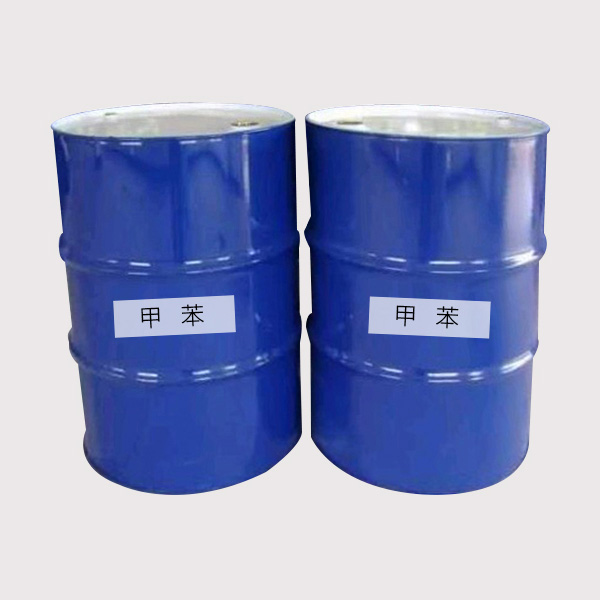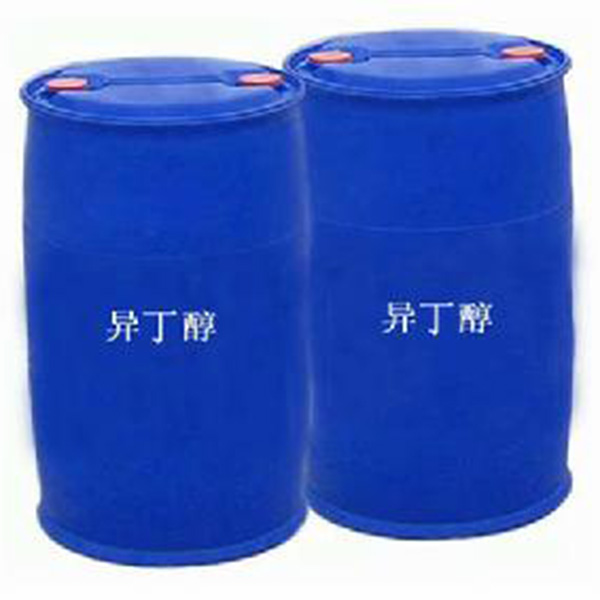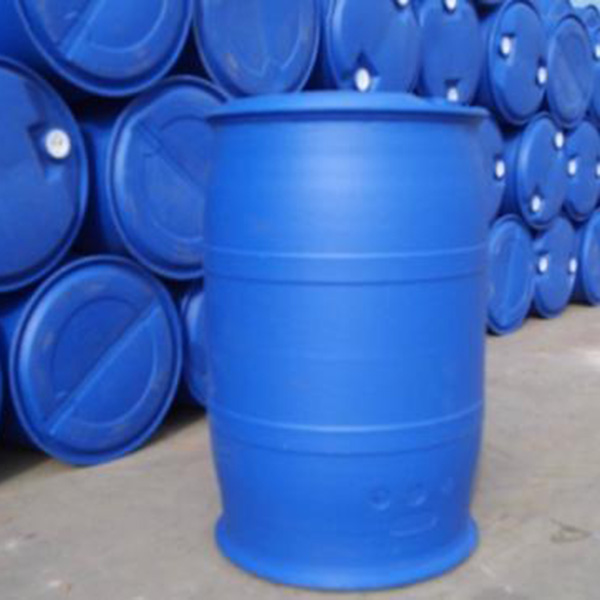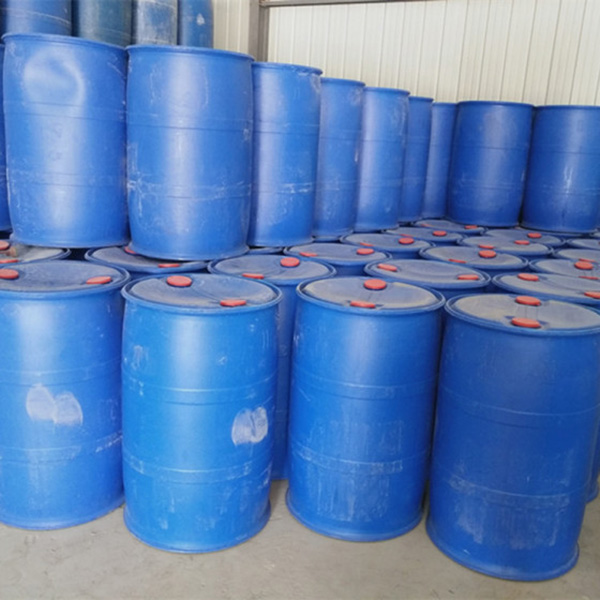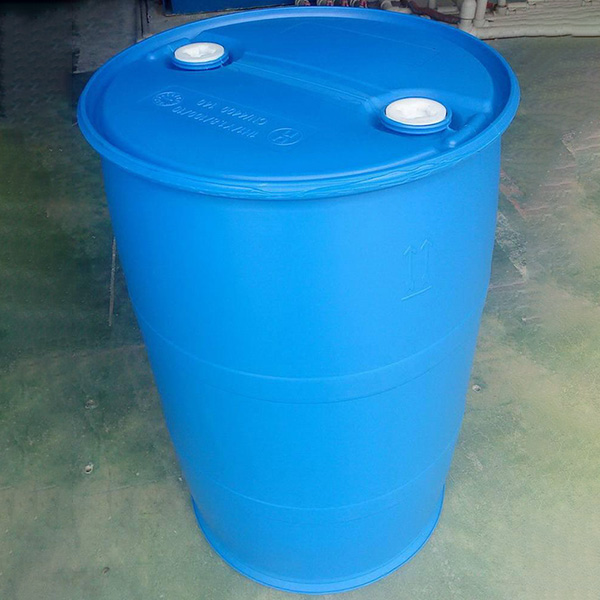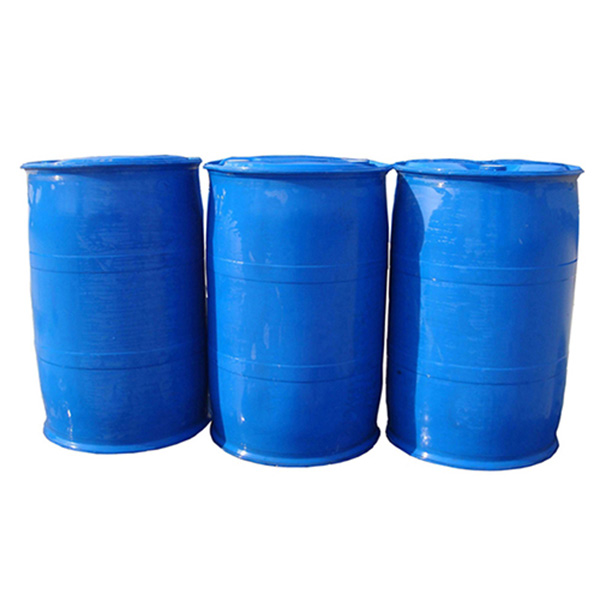Trending Products Acetic Anhydride 33214 - Trichloromethane – Debon
Trending Products Acetic Anhydride 33214 - Trichloromethane – Debon Detail:
|
Logo |
CHinese name:Trichloromethane |
Dangerous goods number:61553 |
||||||||||||
|
English name:Trichloromethane;Chloroform |
UN number:1888 |
|||||||||||||
|
Molecular formula:CHCl3 |
Molecular weight:119.39 |
CAS number:67-66-3 |
||||||||||||
|
Physical and chemical properties |
Appearance and traits |
A colorless, transparent, heavy liquid that is highly volatile and has a distinctive odor. |
||||||||||||
|
Melting point (°C) |
-63.5 |
Relative density(water=1) |
1.50 |
Relative density(air=1) |
|
|||||||||
|
Boiling point (°C) |
61.3 |
Saturated vapor pressure(kPa) |
30.55/10℃ |
|||||||||||
|
Solubility |
Slightly soluble in water, soluble in ethanol and ether. |
|||||||||||||
|
Toxicity and health hazards |
Exposure limit
|
Time-weighted average allowable concentration (mg/m3) |
200 |
|||||||||||
|
Short-term exposure allowable concentration (mg/m3) |
300 |
|||||||||||||
|
Maximum allowable concentration (mg/m3) |
/ |
|||||||||||||
|
Route of invasion |
Inhalation, ingestion, percutaneous absorption. |
|||||||||||||
|
toxicity |
LD50:908mg/kg(Rat oral) LC50:47702mg/m3,4hours (Rat inhalation) |
|||||||||||||
|
Health hazard |
Dichloromethane is an anesthetic that causes respiratory and circulatory central paralysis and can cause pulmonary edema. Acute poisoning: patients may have dizziness, headache, vomiting and mucous membrane irritation in the eyes and upper respiratory tract. In severe cases, bronchitis and pulmonary edema may occur, and anesthesia symptoms such as coma may occur. Chronic effects: Long-term exposure mainly includes headache, fatigue, dizziness, loss of appetite, slow movement, and sleepiness. May cause skin damage, skin defatting, dryness, scaling and chapping. |
|||||||||||||
|
Burning explosion hazard |
Flammability |
Nonflammable |
Combustion decomposition product |
Hydrogen chloride Phosgene |
||||||||||
|
Flash point (°C) |
/ |
Upper explosion limit (v%) |
/ |
|||||||||||
|
Ignition temperature (°C) |
/ |
Lower explosion limit (v%) |
/ |
|||||||||||
|
Dangerous characteristics |
In case of fire, high heat is flammable. Decomposition by heat can release highly toxic phosgene. In case of high heat, the internal pressure of the container increases, posing a risk of cracking and explosion. |
|||||||||||||
|
|
Construction fire risk classification |
e |
stability |
stability |
polymerization hazard |
No aggregation |
||||||||
|
Incompatibility |
Alkali aluminum |
|||||||||||||
|
Fire fighting methods |
Extinguish with water, foam, carbon dioxide, and sand. |
|||||||||||||
|
first-aid |
Skin contact: Remove contaminated clothing and rinse thoroughly with soap and water. Eye contact: Immediately lift eyelids and rinse with plenty of running water or saline. Inhalation: Remove quickly from the scene to fresh air. Give oxygen when breathing is difficult. Once breathing stops, begin CPR immediately. Seek medical attention. Ingestion: Ingestion of a large amount of warm water, induce vomiting, seek medical attention. |
|||||||||||||
|
Leakage disposal |
Evacuate the personnel in the contaminated area to a safe area, prohibit unrelated personnel from entering the contaminated area and cut off the fire source. It is recommended that emergency personnel wear self-contained breathing apparatus and wear general fire protective clothing. Stop leaks while ensuring safety. It is mixed with sand or other non-combustible adsorbent and then collected and transported to a waste disposal site for disposal. If there is a large amount of leakage, use the dike to be contained, and then collect, transfer, recycle or waste after disposal. |
|||||||||||||
|
Storage and transportation considerations |
1 Storage Precautions: Store in a cool, ventilated warehouse. Keep away from fire and heat. Prevent sun exposure. Keep the container sealed. It should be stored separately from oxidants and acids. Can not be mixed and mixed. Lightly load and unload during handling to prevent damage to packaging and containers. Pay attention to personal protection for dispensing and handling operations. 2 Transportation precautions: Before the transmission, check whether the packaging container is complete and sealed. During transportation, ensure that the container does not leak, collapse, fall or damage. It is strictly forbidden to mix with acids, oxidants, foods and food additives. Transportation is carried out according to the prescribed route. |
|||||||||||||
Product detail pictures:
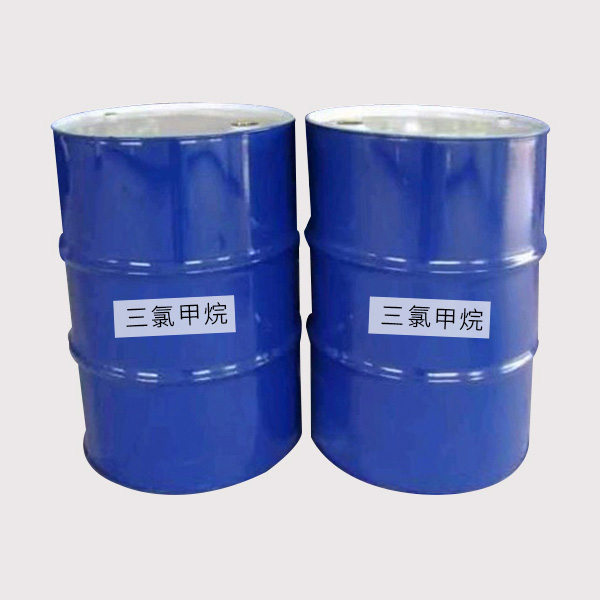
Related Product Guide:
We're going to dedicate ourselves to offering our esteemed shoppers with the most enthusiastically considerate solutions for Trending Products Acetic Anhydride 33214 - Trichloromethane – Debon , The product will supply to all over the world, such as: Uruguay , United Arab emirates , Swedish , They are sturdy modeling and promoting effectively all over the world. Never ever disappearing major functions within a quick time, it's a have to in your case of fantastic good quality. Guided by the principle of "Prudence, Efficiency, Union and Innovation. the corporation. ake an excellent efforts to expand its international trade, raise its organization. rofit and raise its export scale. We have been confident that we've been going to have a bright prospect and to be distributed all over the world in the years to come.
This is a honest and trustworthy company, technology and equipment are very advanced and the prodduct is very adequate, there is no worry in the suppliment.

